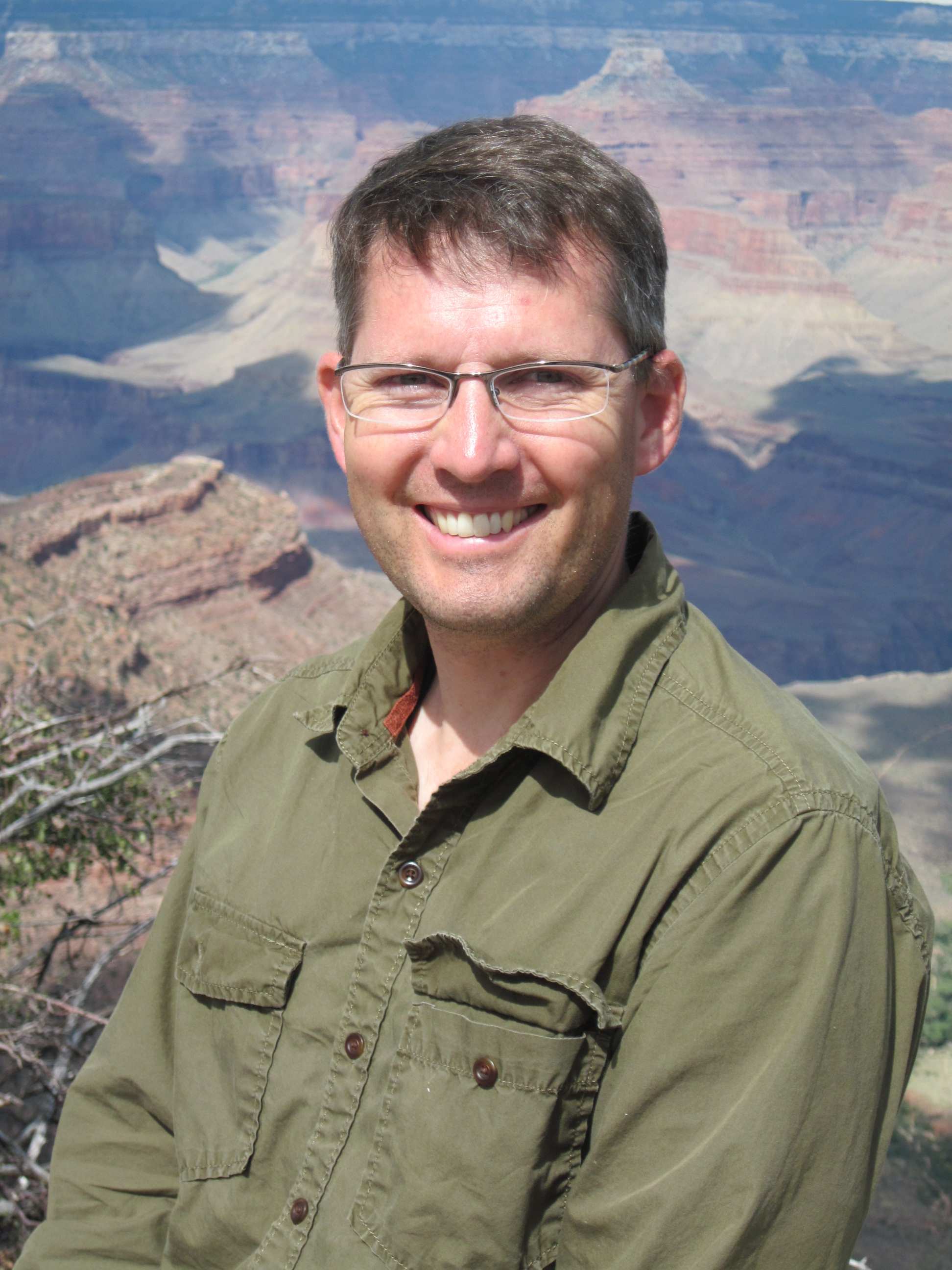|
 People
People
 Research
Research
 Teaching
Teaching
 Publications
Publications
 Press
Press
 Prospective
Students
Prospective
Students  Resources
Resources  Lab
News
Lab
News  USDA Training Grants
USDA Training Grants
|
PEOPLE
|

Darin J. Law
Contact: Office 228 BSE, phone 520-626-7131, Fax:
520-621-8081;
General Research Interests: Ecohydrology, Ecophysiology, Plant Community Ecology
Representative Publications:
|
Research Interests: |
|
 My research entails investigations into the interactions and feedbacks between the water cycle and vegetation (ecohydrology). Currently my research is focused on two main topics which are: (1) large scale tree die-off especially with respect to drought and hotter temperatures. (2) Evapotranspiration partitioning along gradients of tree cover from grassland with little to no tree cover to complete canopy closure. These two broad topics are extremely important due to climate change predictions that seem to already have begun. The more scientists can understand the water cycle and how it relates to vegetation and the more scientists can understand vegetation and how it relates to the water cycle will better enable us to live in a future where droughts are more frequent, hotter, and drier and where vegetation loss will change the dynamics of evaporation and transpiration and the interactions between the two. My research entails investigations into the interactions and feedbacks between the water cycle and vegetation (ecohydrology). Currently my research is focused on two main topics which are: (1) large scale tree die-off especially with respect to drought and hotter temperatures. (2) Evapotranspiration partitioning along gradients of tree cover from grassland with little to no tree cover to complete canopy closure. These two broad topics are extremely important due to climate change predictions that seem to already have begun. The more scientists can understand the water cycle and how it relates to vegetation and the more scientists can understand vegetation and how it relates to the water cycle will better enable us to live in a future where droughts are more frequent, hotter, and drier and where vegetation loss will change the dynamics of evaporation and transpiration and the interactions between the two. |
| |
CV  |
| |
Law, D. J., C. B. Marlow, J. C. Mosely, S. Custer, P. Hook, and B. Leinard. 2000. Water table dynamics and soil texture of three riparian plant communities. Northwest Science 74(3): 234-241. |
|
| Law, D. J. and P. F. Kolb. 2007. The effects of forest residual debris disposal on perennial grass emergence, growth, and survival in a ponderosa pine ecotone. Rangeland Ecology and Management 60: 632-643. |
|
| J. C. Villegas, D. D. Breshears, C. B. Zou, and D. J. Law. 2010. Ecohydrological controls of soil evaporation in deciduous drylands: How the hierarchial effects of litter, patch and vegetation mosaic cover interact with phenology and season. Journal of Arid Environments 74(5): 595-602. |
|
Law, D. J., and D. M. Finch. 2010. Hydrologic, abiotic and biotic interactions: Plant density, windspeed, leaf size and groundwater all affect oak water use efficiency. Ecohydrology doi:10.1002/eco.172. |
|
|
|
Terrestrial
Ecology Lab
228
Biological Science Building East
University
of Arizona, 1311 E 4th Street, Tucson, AZ 85721
Ph:
520-621-7259
Contact
| Webmaster

|